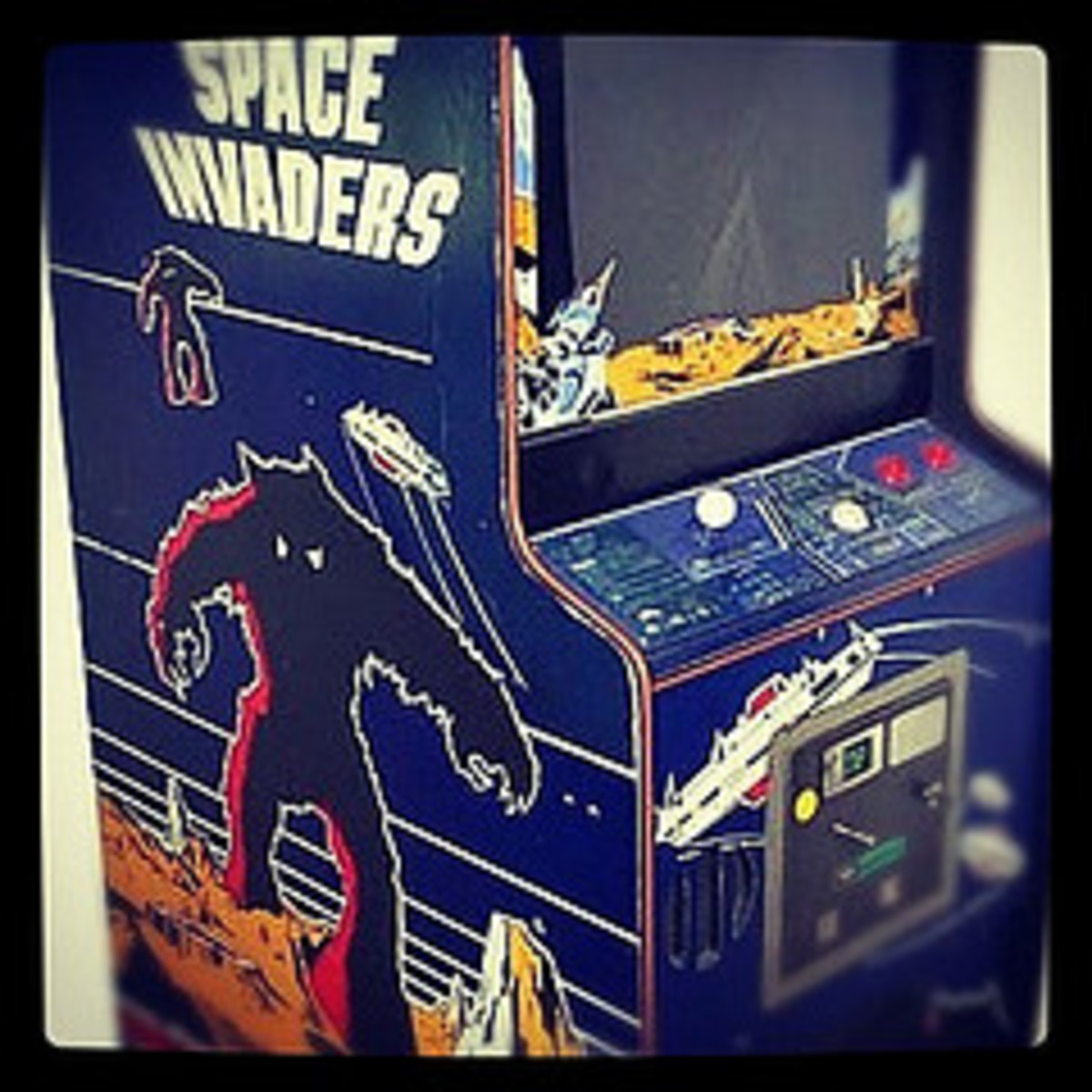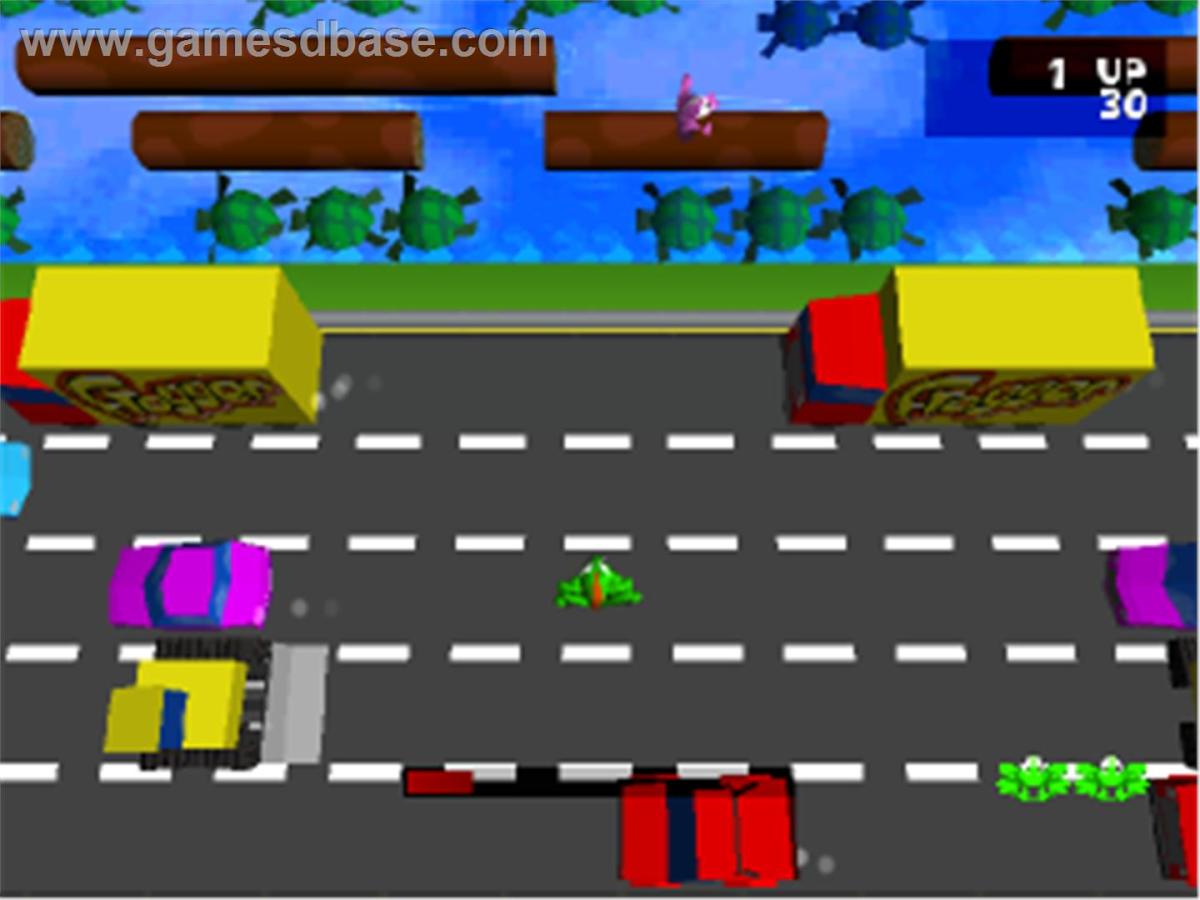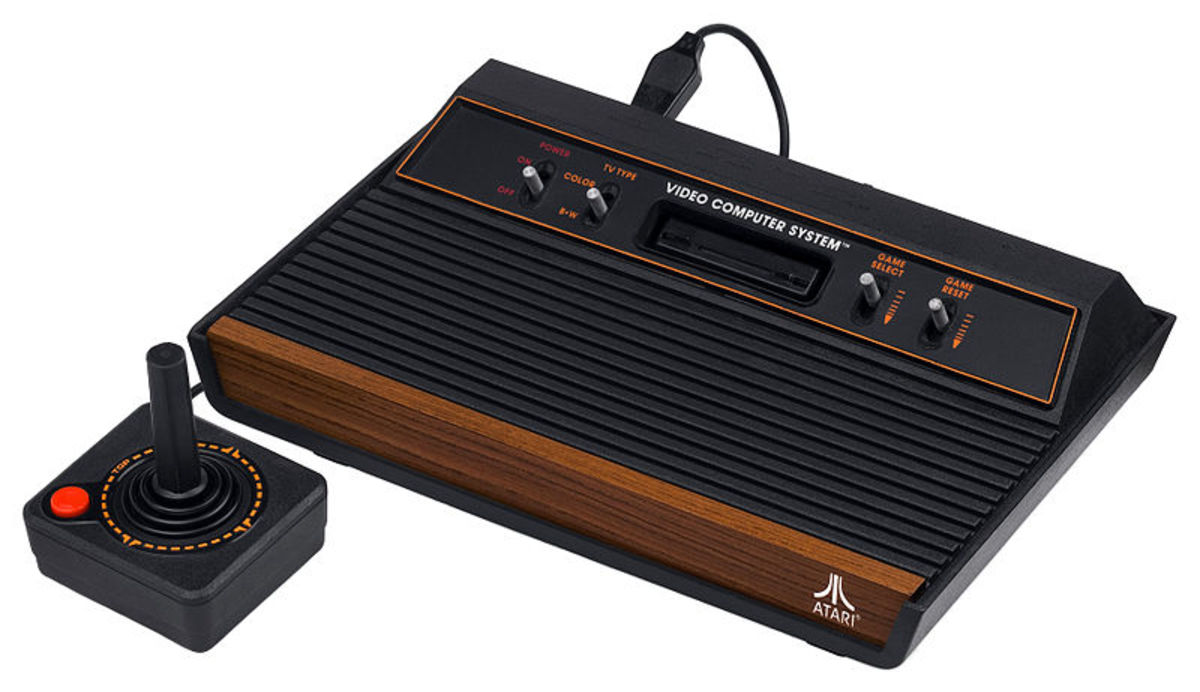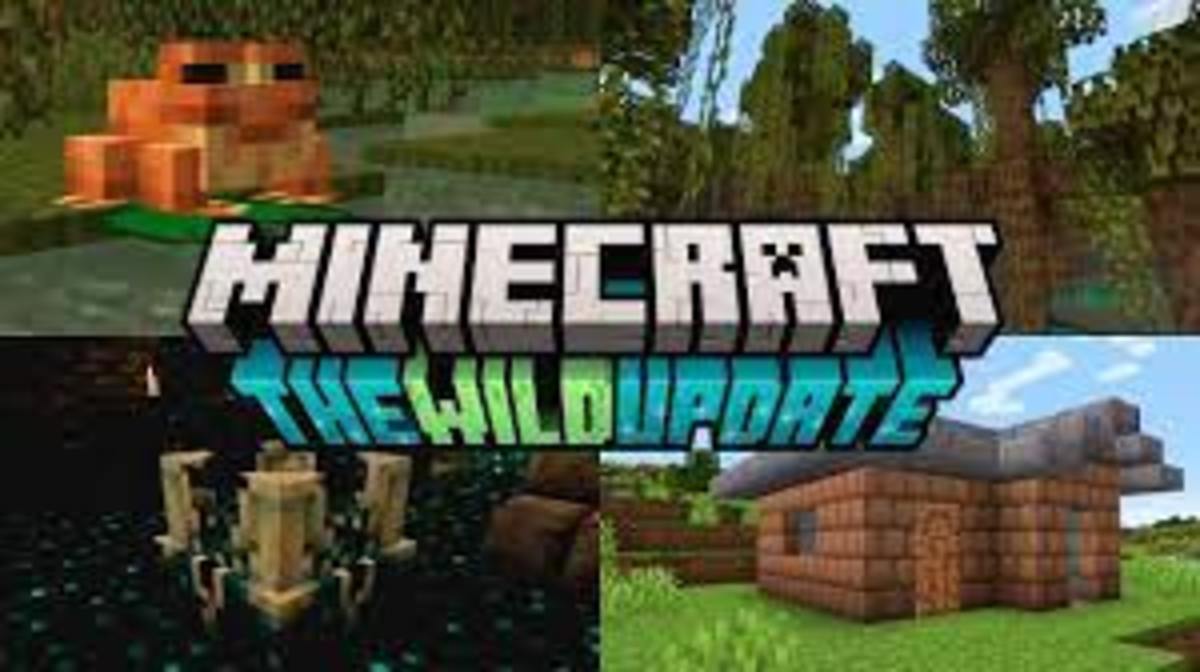Top Ten Classic Video Games of all time

My Top Ten Classic Video Arcade Games from the 1980's
Many years ago when my family used to drive from Cardiff to Grimsby to visit my Grandparents we used to stop off at Service Stations for bathroom brakes and to get something to eat.
I always remember running to the video arcade games, putting in ten pence and playing a quick game of Pong against my older brother - he always beat me, but I always loved playing the game.
There was something about the early video games that really appealed to me; despite the poor block graphics and the beeps and bops to accompany them, they were strangely addictive and fun - in fact, without the early games I wouldn't be playing the modern day games such as Halo, Oblivion etc.
Therefore, in homage to the games that influenced my life, I decided to create a Lens of the top ten 'Video Games' of all time. These are Video Games that were in an 'arcade'.
A word of warning - the games that have a Link play music regardless of whether you want it or not - you have been warned
10. Pong

Try Pong...
- Pong
Click on the link to try an online version of Pong.
9. Frogger

Try Frogger...
- Frogger
Click the link to try an online version of Frogger.
8. Space Invaders

6. Defender

Try Defender...
- Defender
Click on the link to try an online version of the game Defender.
Try Missile Command...
- Missile Command
Click the link to try an online version of Missile Command.
4. Breakout
![LEGO Bricktopia [Download]](https://m.media-amazon.com/images/I/31e+YsjltNL._SL160_.jpg)
3. Hang On

Try Hang-On
- Hang-On
Click on the link to play an online version of Hang-On...
2. Pacman

1. Asteroids






